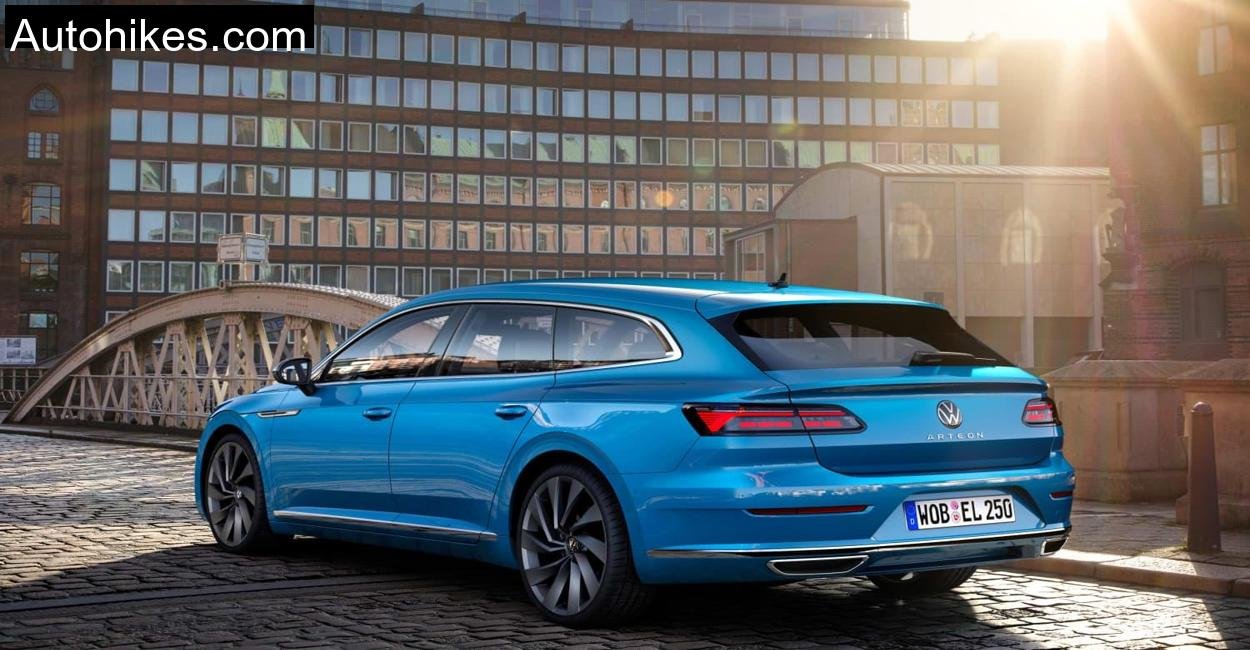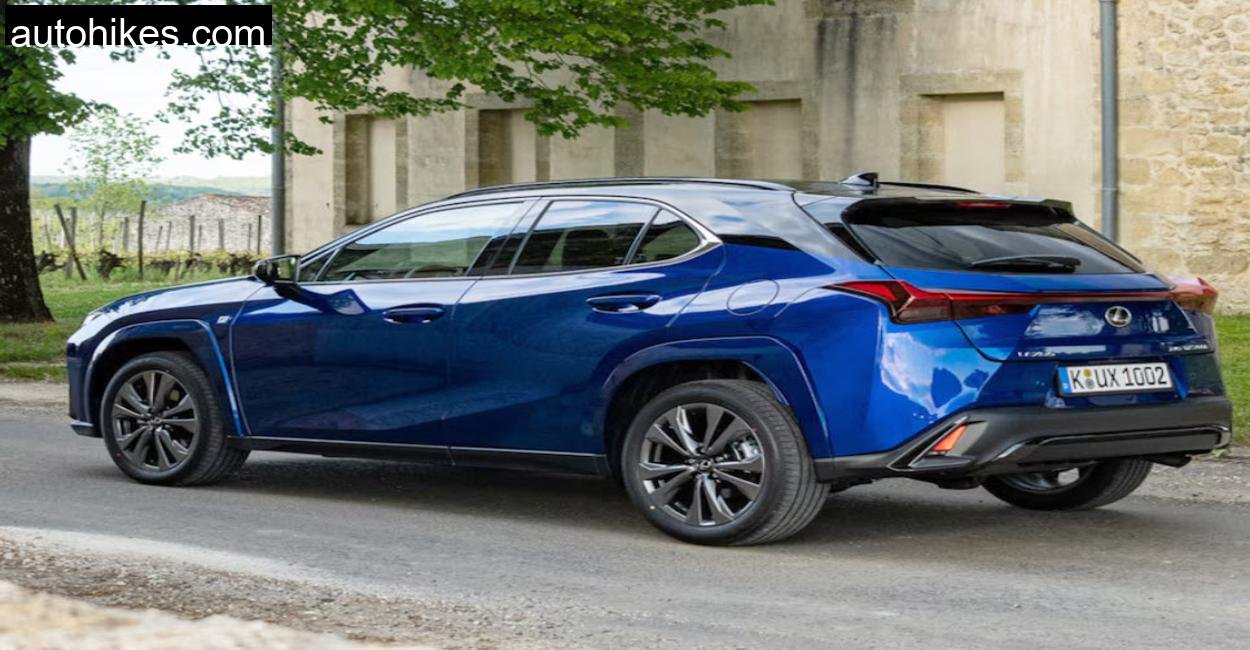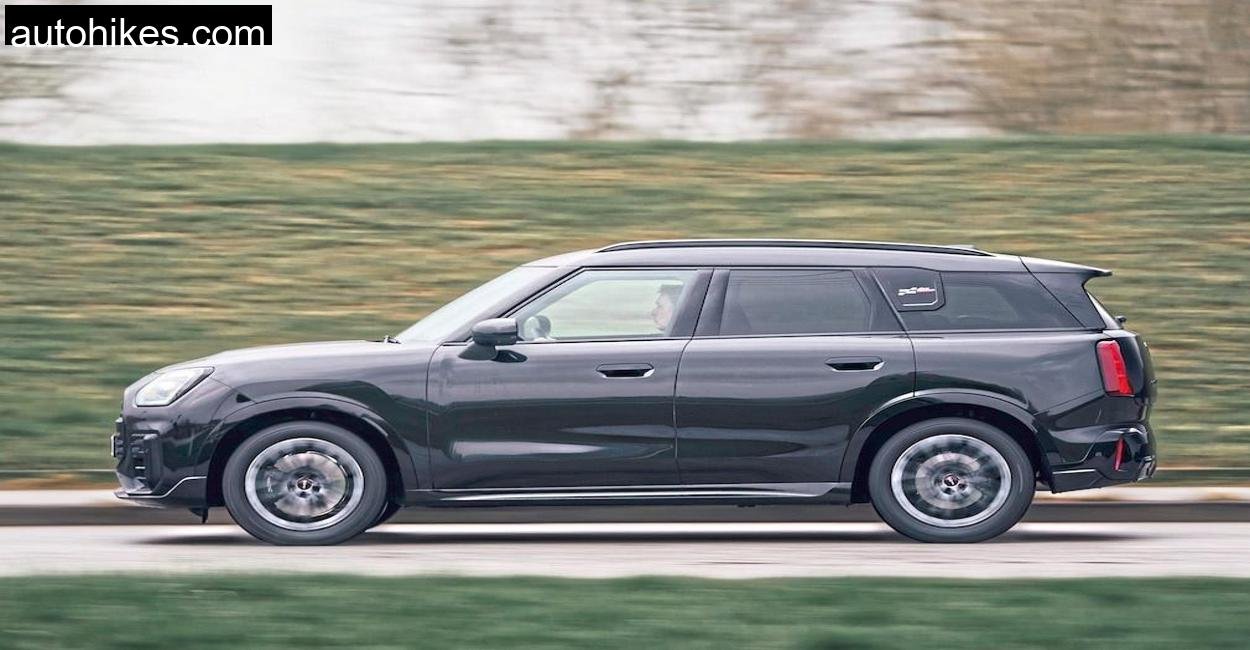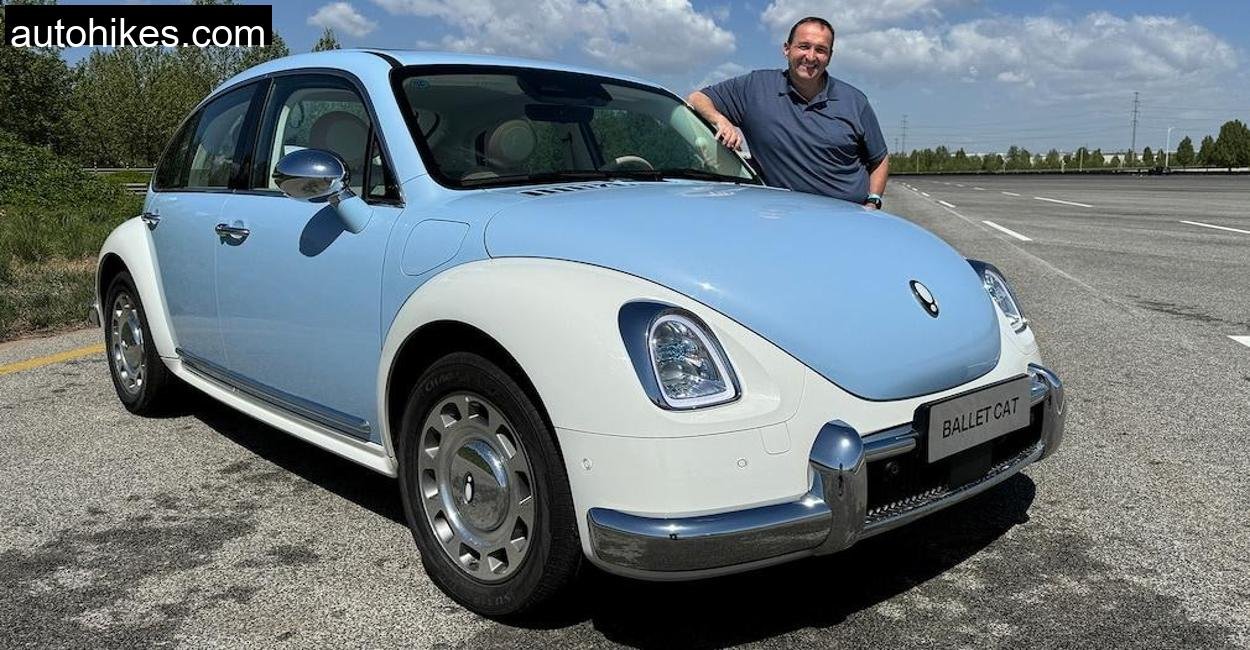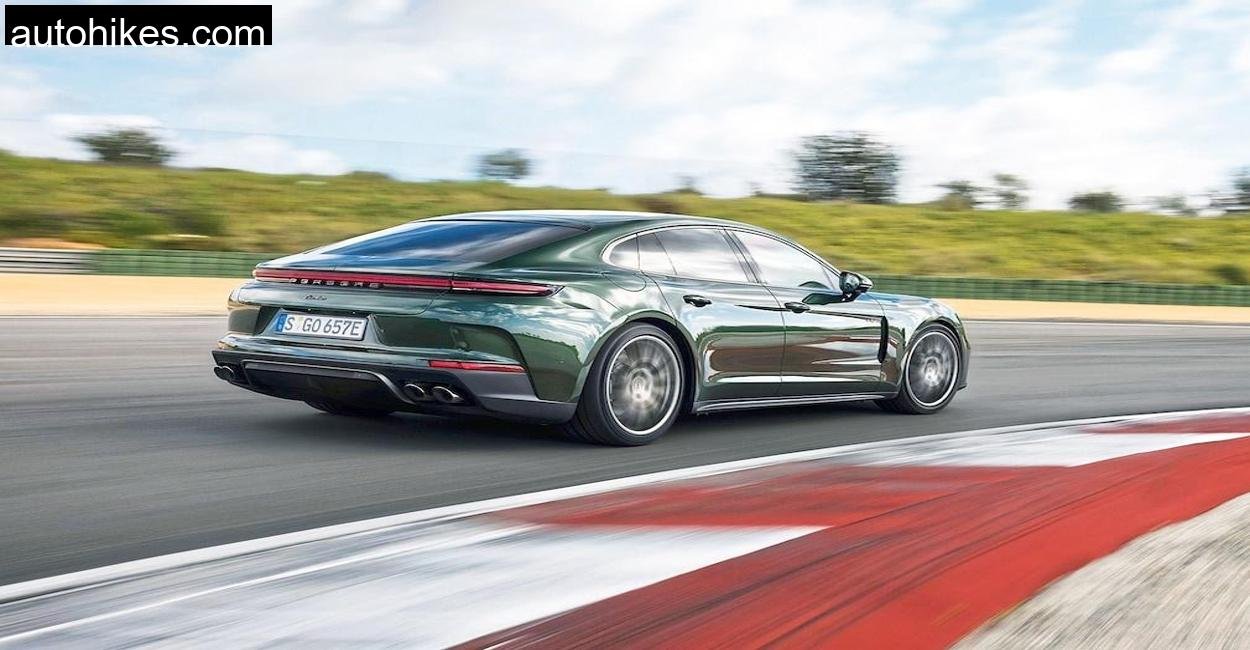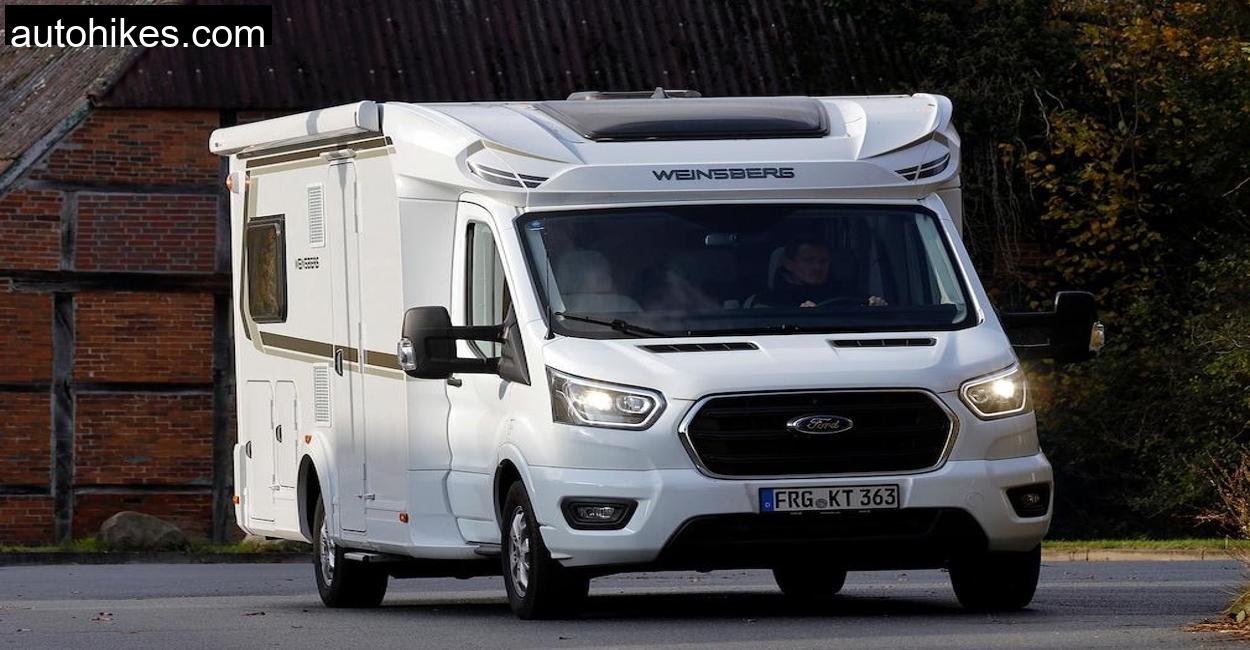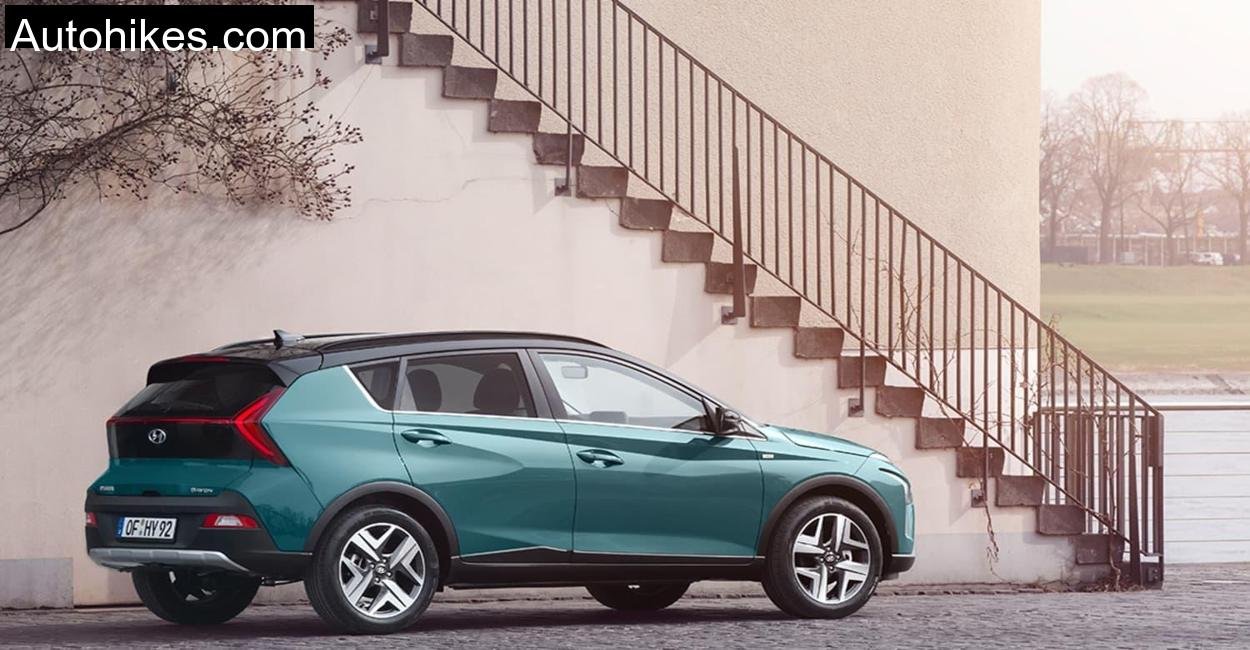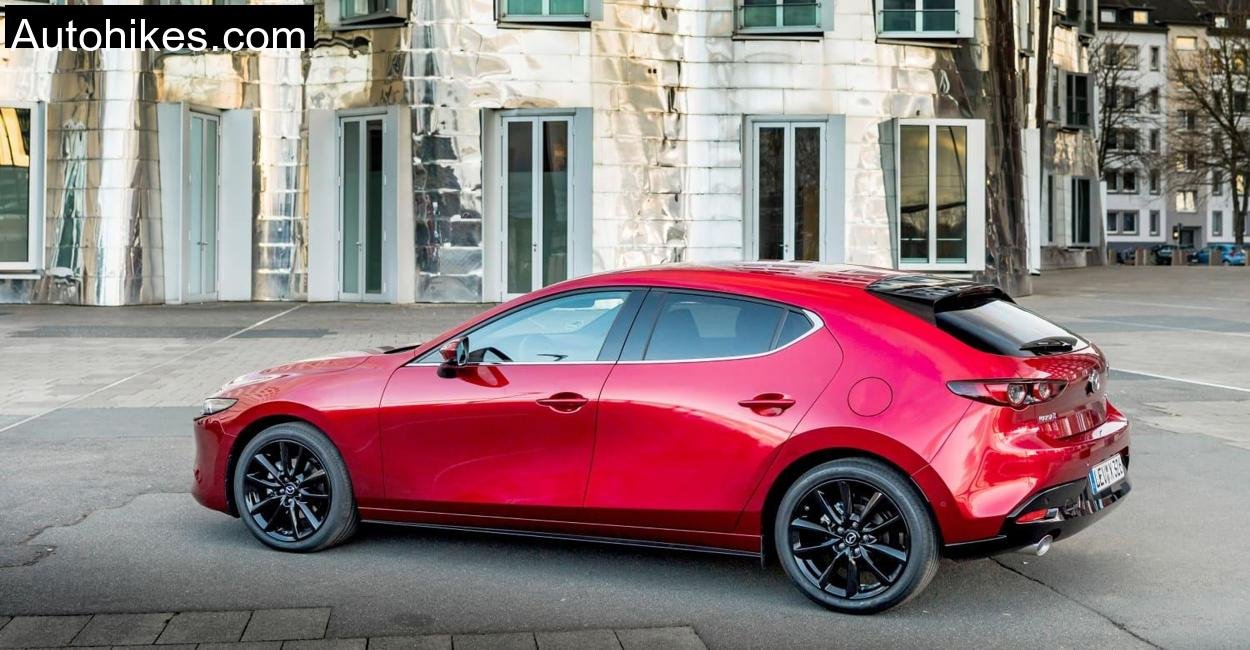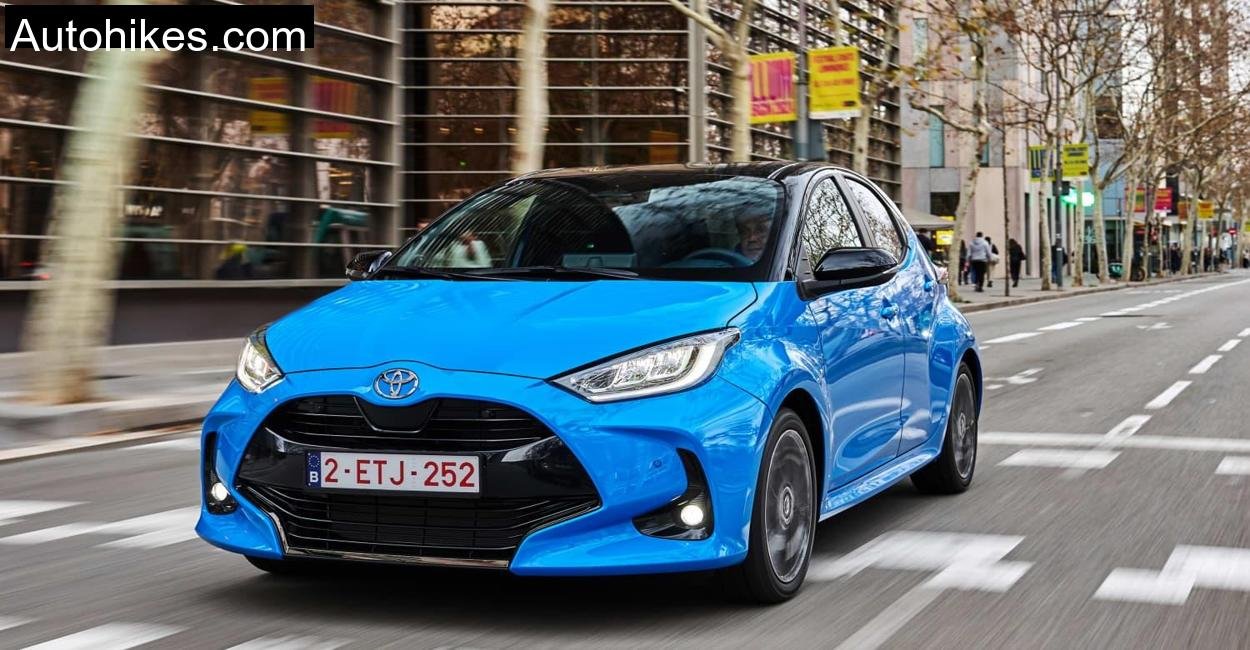It was a crisp morning in early autumn when I picked up the keys to the VW Arteon Shooting Brake. The location? The stunning Rauen Hills in Germany, a place where winding roads meet panoramic views, ideal for putting a car like this through its paces. If you’re unfamiliar with the Rauen Hills, imagine a blend of forest-lined switchbacks, open stretches of smooth tarmac, and sudden elevation changes that will test any car’s handling, power delivery, and comfort. The perfect playground for a long-roof luxury wagon.
The Arteon Shooting Brake is VW’s bold attempt to blend style, luxury, and practicality. It’s essentially a more refined and dramatic version of the Passat Variant, with coupe-like proportions, an elegant grille, and a sweeping roofline that screams premium. But the question is: does it drive as good as it looks?
Under the Hood: Powertrain and Performance
I had the chance to test two versions of the Arteon Shooting Brake: the 2.0 TSI turbo petrol and the 1.4 eHybrid plug-in hybrid. Both have distinct personalities and suit different kinds of drivers, but they share Volkswagen’s clean design language and engineering focus.
The 2.0 TSI Elegance variant comes with a 190 PS turbocharged four-cylinder engine, delivering 320 Nm of torque. It uses VW’s B-Zyklus combustion process, which enhances thermal efficiency and gives the motor a smooth, responsive character. Out on the road, especially in the hilly terrain of Rauen, torque delivery was even and confident. Whether ascending a steep incline or overtaking a lumbering truck, the Arteon never felt underpowered.
In contrast, the 1.4 eHybrid R-Line delivers a system output of 218 PS and a muscular 400 Nm of torque, thanks to the combination of its petrol engine and electric motor. The plug-in hybrid could drive up to 50 km on pure electric power, which I tested during a silent early morning cruise through a forested stretch. The serenity of EV mode in this picturesque setting was nothing short of magical.
Acceleration from 0 to 100 km/h is brisk in both models: 7.9 seconds for the TSI and a slightly quicker 7.8 seconds for the eHybrid. But what stood out more was the 60–100 km/h roll-on performance. The eHybrid managed it in just 3.9 seconds, perfect for safe overtakes on rural roads.
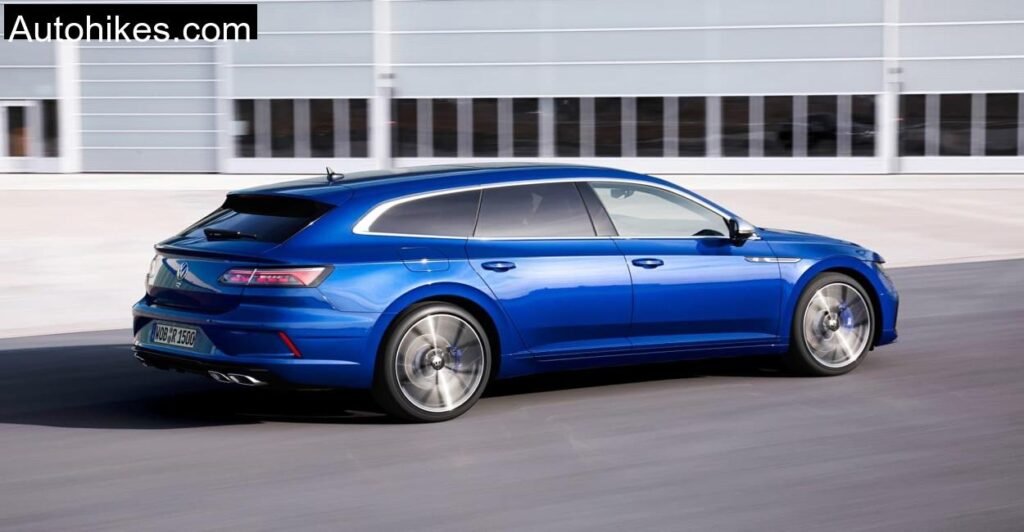
Technical Specifications
All technical information is obtained in real-time from Volkswagen’s official sources to guarantee accuracy and reliability.
| Specification | Arteon Shooting Brake 2.0 TSI | Arteon Shooting Brake 1.4 eHybrid |
|---|---|---|
| Engine Type | Turbocharged Petrol (TSI) | Plug-in Hybrid (TSI + Electric) |
| Displacement | 1,984 cc | 1,395 cc |
| Power (PS) | 190 | 218 (system) |
| Torque (Nm) | 320 | 400 |
| Transmission | 7-speed DSG | 7-speed DSG |
| Drive | FWD | FWD |
| 0–100 km/h | 7.9 s | 7.8 s |
| Top Speed | 233 km/h | 222 km/h |
| Electric Range (WLTP) | – | 61 km |
| Fuel Consumption | 6.9 l/100 km | 1.2 l/100 km + 15 kWh/100 km |
| CO₂ Emissions | 158 g/km | 26 g/km |
| Boot Capacity | 590–1,632 l | 590–1,632 l |
| Base Price | €52,065 | €52,050 |
Real-World Driving Experience
The Rauen Hills, with their varied terrain, revealed the true character of both versions. The Arteon 2.0 TSI loved the open roads. The turbo engine came alive between 1,500 and 4,500 RPM, and the dual-clutch gearbox shifted with precision. Steering was well-weighted, and although not razor-sharp, it offered enough feedback to enjoy tight corners with confidence.
The eHybrid, on the other hand, shines in urban and semi-urban scenarios. With a charged battery, it glides silently, and transitions between electric and petrol power were almost seamless. However, when pushed hard in “GTE” mode, the hybrid system felt slightly more nose-heavy, and regenerative braking made pedal feel a bit inconsistent.
Ride quality in both trims was exemplary. The adaptive dampers soaked up bumps and potholes with grace, even on less-than-perfect rural roads. The chassis felt planted, and highway cruising was whisper-quiet. At 130 km/h on the Autobahn, the cabin registered a mere 68 dB, proof of excellent insulation and aerodynamic refinement.
Space, Comfort and Practicality
Step inside the Arteon Shooting Brake, and you’re greeted by a cabin that’s both modern and business-class clean. The dashboard is dominated by a fully digital cockpit and a central infotainment screen with VW’s latest MIB3 software. While the touch sliders for climate and volume controls require a learning curve, everything else is intuitive.
Seating comfort is top-notch. Up front, there’s ample space even for tall drivers (like me at 1.91 m), and the seats offer excellent lumbar support. In the rear, legroom is generous, although the sloping roofline slightly compromises headroom for passengers over 1.90 m.
Cargo space is generous, though not as cavernous as you’d expect for such a large wagon. Folding down the rear seats gives you up to 1,632 liters, ideal for long trips or weekend getaways. The tailgate is electric, of course, and offers hands-free operation.
Tech and Safety Features
Both trims are generously equipped. Key features include adaptive cruise control, lane-keeping assist, blind-spot monitoring, and VW’s ‘Travel Assist’, a semi-autonomous drive mode functional up to 210 km/h. On a long Autobahn stretch, I tested this system, and it handled lane centering and adaptive speed adjustments with impressive calmness.
The LED matrix headlights with predictive curve lighting were especially helpful during dusk drives through the forest. The system illuminated bends before I entered them, adding a significant layer of safety and confidence.
Infotainment is smartphone-friendly, with wireless Apple CarPlay and Android Auto. The optional 700-watt Harman Kardon sound system is a must-have for audiophiles. It turned the Arteon into a concert hall on wheels.
Efficiency and Eco Performance
Neither variant is a fuel miser, but both are reasonable given their size and performance. On our 150 km test loop, a mix of hills, highway, and town, the TSI averaged 7.2 l/100 km. The eHybrid, when driven with a full battery, managed an impressive 3.3 l/100 km plus 11.5 kWh of electricity per 100 km.
However, once the battery was depleted and driving in hybrid mode, the fuel economy hovered around 6.1 l/100 km. Not bad, but not groundbreaking either. CO₂ emissions are lower for the hybrid, of course, but its relatively high electricity use (24.6 kWh/100 km including charging losses) pulled down its EcoTest rating to three stars.
Conclusion: Arteon’s Last Hurrah?
The Arteon Shooting Brake is a car that appeals more to the heart than the spreadsheet. It’s stylish, comfortable, and loaded with tech. It’s not the most practical wagon nor the cheapest, but it’s a statement vehicle, one that stands out without being flashy.
As VW plans to phase out the Arteon, this car might become a future classic for those who appreciate design and driving feel. If you’re in the market for a premium wagon and want something different from the usual German trio, the Arteon Shooting Brake is worth a serious look.
Is the VW Arteon Shooting Brake still available new?
As of early 2025, it’s no longer available for custom order. However, some pre-configured units may still be in dealer stock.
Can the VW Arteon Shooting Brake eHybrid be driven purely on electric power?
Yes, up to 50 km in real-world conditions. Ideal for daily commutes.
How is the ride quality of VW Arteon Shooting Brake on bad roads?
Surprisingly good. The adaptive suspension smooths out most imperfections with ease.
